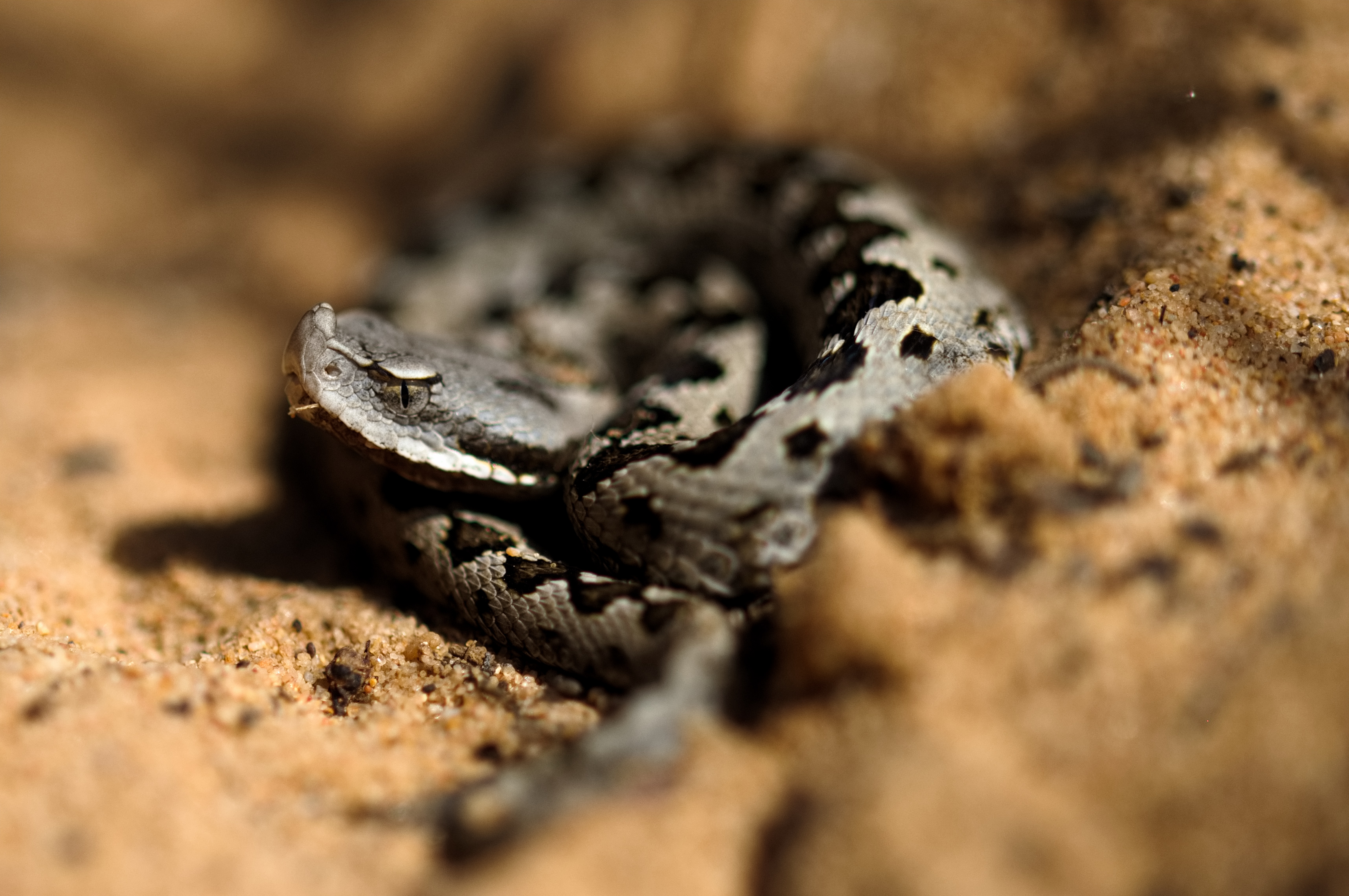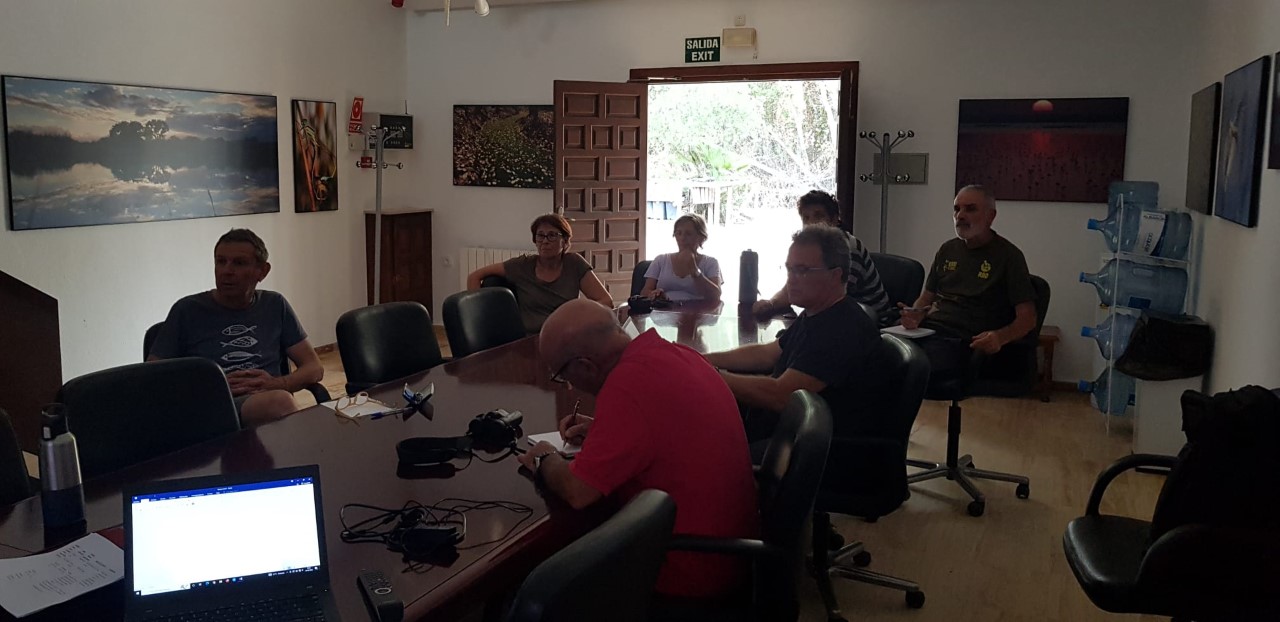
Bienvenidos
Bienvenidos al sitio web de la Estación Biológica de Doñana., Instituto perteneciente al Consejo Superior de Investigaciones Científicas....

La Estación Biológica de Doñana: EBD-CSIC
La Estación Biológica de Doñana es un Instituto Público de Investigación perteneciente al Consejo Superior de Investigaciones Científicas, CSIC, dentro del área de Recursos Naturales...

Misión
Nuestra misión es llevar a cabo una investigación multidisciplinar al más alto nivel y dirigida a la comprensión desde el punto de vista evolutivo de cómo se genera la biodiversidad...

Cómo lo hacemos
Aplicamos múltiples técnicas dentro de un contexto multidisciplinar, desde la genética molecular al seguimiento remoto, la creación de modelos y el análisis isotópico...

Seguimiento de procesos naturales y biodiversidad
Los seguimientos de fauna en el Espacio Natural Doñana abarcan un amplio abanico de comunidades y especies, tanto en lo referente a grupos de organismos acuáticos como terrestres...

Objetivos
Entre nuestros objetivos se incluyen el estudio de los procesos ecológicos y evolutivos mediante la combinación de trabajo de campo, modelos matemáticos, análisis genéticos y estadísticos...
 Destacados
Destacados
-
 La Fundación Jaime González-Gordon ofrece cuatro becas para el desarrollo de Trabajos de Fin de Máster sobre Doñana
La Fundación Jaime González-Gordon ofrece cuatro becas para el desarrollo de Trabajos de Fin de Máster sobre Doñana -
 Cinco contratos para desarrollar la tesis doctoral en la Estación Biológica de Doñana - CSIC
Cinco contratos para desarrollar la tesis doctoral en la Estación Biológica de Doñana - CSIC -
 Actividades de la Estación Biológica de Doñana en la Noche Europea de los Investigadores
Actividades de la Estación Biológica de Doñana en la Noche Europea de los Investigadores -
 La ICTS-RBD se prepara para la 30ª Campaña de Anillamiento de Paseriformes Migratorios en Doñana
La ICTS-RBD se prepara para la 30ª Campaña de Anillamiento de Paseriformes Migratorios en Doñana -
 Inicio procedimiento nueva dirección EBD-CSIC
Inicio procedimiento nueva dirección EBD-CSIC
 Noticias
Noticias
Expert herpetologists visit the Doñana Biological Reserve to review and improve the lizards and geckos monitoring protocol
During the week of 19th until 22th of September, members of the Natural Processes Monitoring Team (ESPN) of the Singular Scientific-Technical Infrastructure of Doñana (ICTS-RBD), have celebrated a meeting in the Doñana Biological Reserve with expert herpetologists, in order to review and improve the monitoring protocol for geckos and lizards which is applied since 2005. Among the assistants, several Spanish herpetologists with a great scientific career have participated: Dr. Juan M. Pleguezuelos, Dr. Xavier Santos and Dr. Fernando Martínez-Freiría, as well as Enrique Ayllón, responsible for the Monitoring Program of Amphibians and Reptiles in Spain (SARE) of the Spanish Herpetological Society (AHE).
The meeting started with several presentations focused on the current protocol (Rosa Arribas), methods for sampling reptiles based on transects and artificial refuges (Juan M. Pleguezuelos and Xavier Santos), monitoring of Reptiles in Spain used as an index of the state of Spanish herpetofauna (Enrique Ayllón), results of an experimental design for reptile monitoring with artificial refuges in Doñana (Paco Carro and Mizar Torrijo), and the importance of developing population monitoring studies for the Lataste's viper (Vipera latastei) to help its conservation (Fernando Martinez-Freiría).
During these days, the participants also visited the sampling transects of reptiles located in dunes and Mediterranean vegetation, and the plots with artificial refuges distributed in the Doñana area. The participants also performed specific transects in order to find Lataste's viper. During this week, individuals of various reptile species have been observed: the ladder snake (Zamenis scalaris), the Montpellier snake (Malpolon monspessulanus), the Latastes's viper (V. latastei) (Cover photo: juvenil of V. latastei at Doñana Biological Reserve. Author: Mizar Torrijo-Salesa), the Carbonell lizard (Podarcis carbonelli), the large psammodromus (Psammodromus algirus), the spiny-footed lizard (Acanthodactylus erythrurus) and the common wall gecko (Tarentola mauritanica)).
Finally, several methodological improvements have been discussed and proposed for calculating the abundance of species. Furthermore, the participants suggested to increase the number of plots with artificial refuges to get more information about several elusive reptile species such as amphisbaenians, skinks and snakes.

Long-term monitoring of reptile populations in Doñana is essential to understand how they are responding to climate change and habitat degradation. Reptiles are ectothermic animals which require the presence of good shelters for thermoregulation and survival, they have a low dispersal capacity and a small home range, so they are very sensitive to environmental changes in their habitats. In Doñana, reptiles play a very important role as predators and prey, and some of them, such as the ocellated lizard (Timon lepidus), are very rare today, despite having been a common species decades ago.
http://icts.ebd.csic.es/es/web/icts-ebd/inicio/-/asset_publisher/XK7SruSAAhGq/content/expert-herpetologists-visit-the-donana-biological-reserve-to-review-and-improve-the-lizards-and-geckos-monitoring-protocol?inheritRedirect=false&redirect=http%3A%2F%2Ficts.ebd.csic.es%2Fhome%3Fp_p_id%3D101_INSTANCE_XK7SruSAAhGq%26p_p_lifecycle%3D0%26p_p_state%3Dnormal%26p_p_mode%3Dview%26p_p_col_id%3D_118_INSTANCE_BHgplqOrdUaC__column-1%26p_p_col_count%3D1- Laboratorio de Ecología Molecular
- Laboratorio SIG y Teledetección (LAST)
- Laboratorio de Ecología Química
- Laboratorio de Ecología Acuática
- Laboratorio de Ecofisiología
- Laboratorio de Isótopos Estables
- Unidad de Experimentación Animal
- Visita virtual
- Unidad de Seguimiento
- Laboratorio de Camaras climaticas

